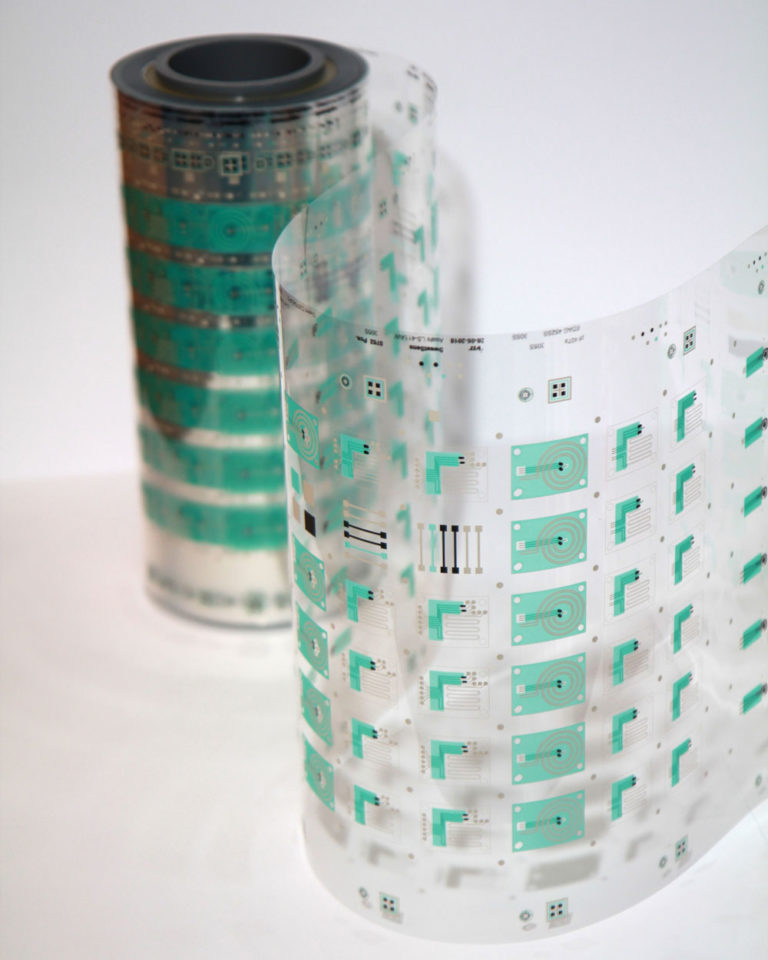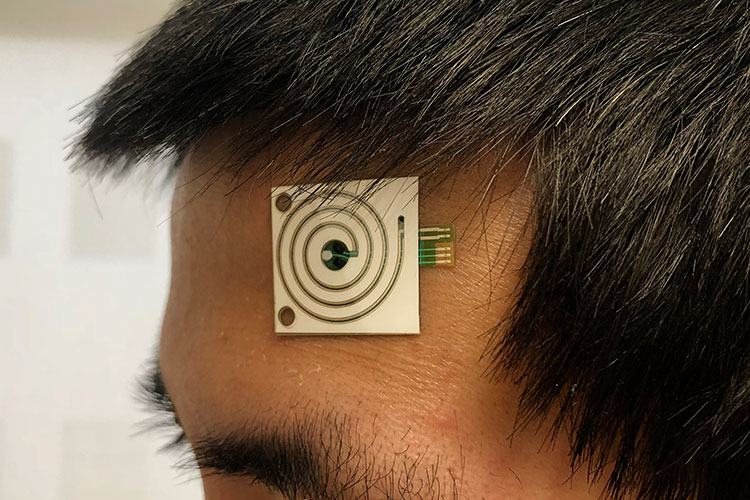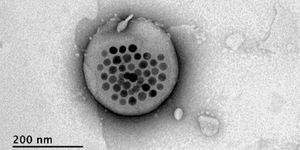Wearable Sensor Detects What is in Your Sweat
Afraid of getting your blood drawn? Well, a solution to that may be well in the works as researchers at the University of California—Berkeley are working on developing wearable skin sensors that can detect and diagnose what is in your sweat. The development may someday bypass the need for more invasive procedures by monitoring perspiration and providing real-time updates on health such as dehydration or low blood sugar.
"The goal of the project is not just to make the sensors but start to do many subject studies and see what sweat tells us -- I always say 'decoding' sweat composition," said Ali Javey, a professor of electrical engineering and computer science at UC Berkeley and senior author on the paper.
University of California-Berkeley: New wearable sensors developed by scientists at UC Berkeley can provide real-time measurements of sweat rate and electrolytes and metabolites in sweat. (Photo by Bizen Maskey, Sunchon National University)
The study was described in a publication seen in Science Advances where scientists developed a sensor design using a "roll-to-roll" processing technique that is considered similar to screen printing. They tested their sensors to monitor sweat rate, and the present electrolytes and metabolites from exercising participants as well as from those experiencing chemically induced perspiration. The researchers used these participants to compare sweat glucose levels and blood glucose levels in healthy and diabetic patients.
"For that we need sensors that are reliable, reproducible, and that we can fabricate to scale so that we can put multiple sensors in different spots of the body and put them on many subjects," said Javey, who also serves as a faculty scientist at Lawrence Berkeley National Laboratory.
The sensors include a spiraling microscopic tube, or microfluidic, that can report the amount of perspiration. In addition, these microfluidics are outfitted with chemical sensors that detect concentrations of electrolytes like potassium and sodium, and metabolites like glucose.

University of California-Berkeley: The sensors can be rapidly manufactured using a roll-to-roll processing technique that prints the sensors onto a sheet of plastic. (Photo by Antti Veijola, VTT)
"Roll-to-roll processing enables high-volume production of disposable patches at low cost," Jussi Hiltunen of VTT said. "Academic groups gain significant benefit from roll-to-roll technology when the number of test devices is not limiting the research. Additionally, up-scaled fabrication demonstrates the potential to apply the sweat-sensing concept in practical applications."
In their comparison analysis, researchers found that a sweat glucose measurement does not always indicate a person's blood glucose level.
"There's been a lot of hope that non-invasive sweat tests could replace blood-based measurements for diagnosing and monitoring diabetes, but we've shown that there isn't a simple, universal correlation between sweat and blood glucose levels," said Mallika Bariya, a graduate student in materials science and engineering at UC Berkeley and the other lead author on the paper. "This is important for the community to know, so that going forward we focus on investigating individualized or multi-parameter correlations."
Learn more:
"Traditionally what people have done is they would collect sweat from the body for a certain amount of time and then analyze it," said Hnin Yin Yin Nyein, a graduate student in materials science and engineering at UC Berkeley and one of the lead authors on the paper. "So you couldn't really see the dynamic changes very well with good resolution. Using these wearable devices we can now continuously collect data from different parts of the body, for example to understand how the local sweat loss can estimate whole-body fluid loss."
Source: Science Daily









